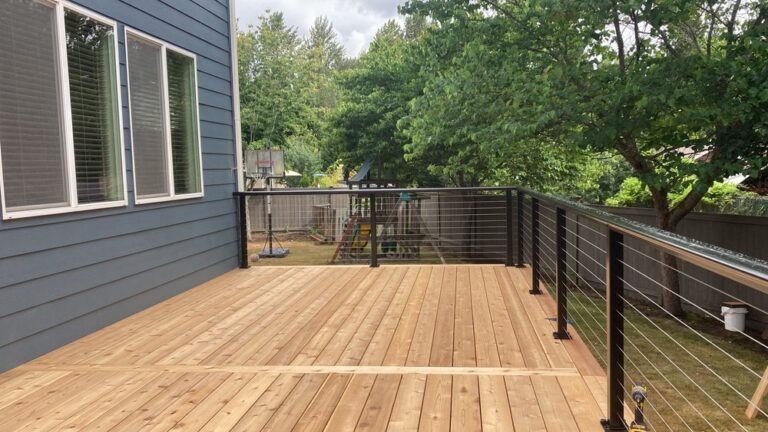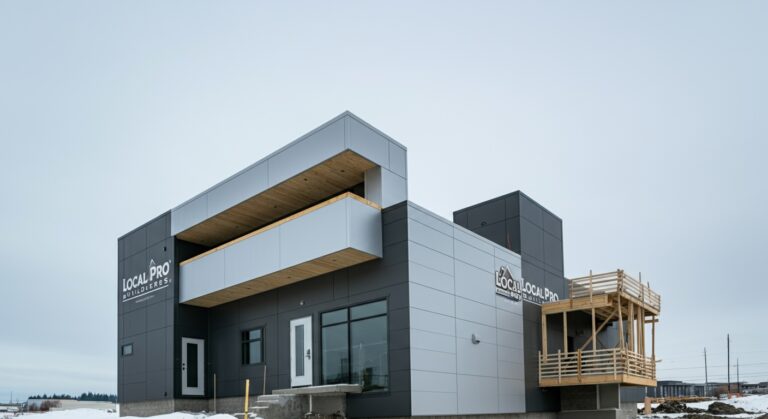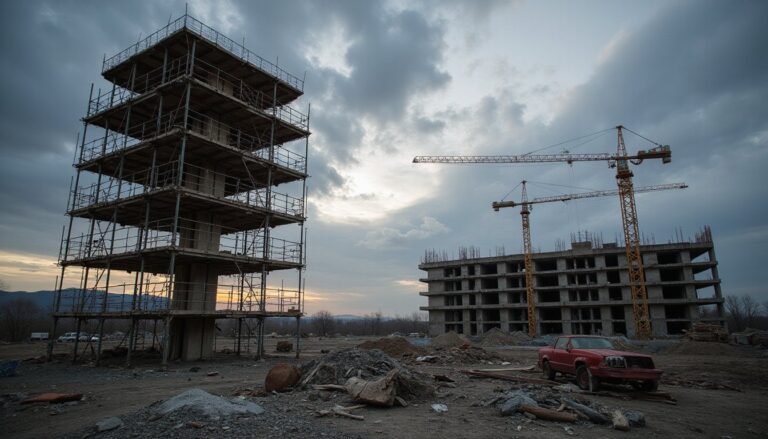What happens when a construction company declares bankruptcy one day and seemingly reopens under a new name the next? This question lies at the heart of the troubling case of Naftali “Ray” Elya, the principal behind a network of Washington state construction companies including Legacy Team Construction, eTeam Construction, and most recently, Local Pro Builders.
Legacy Team Construction, the Renton-based company whose Chapter 7 bankruptcy filing on February 7, 2025, left homeowners and creditors in limbo, stands at the center of a web of businesses that includes eTeam Construction and Local Pro Builders. Court records reveal these operations share more than similar names—they share the same Renton business address (15401 SE 177th Pl), the same principals (Elya and his wife Orit), and according to former clients, the same concerning business practices.
The trail of financial obligations left in their wake is substantial. On May 3, 2024, the King County Superior Court formalized a Confession of Judgment against Legacy Team Construction and E Team Construction for $210,000 following a residential construction dispute. The judgment required structured payments: $25,000 by March 1, 2024 (which court records show was paid a week late on May 8), another $25,000 by May 1, 2024, followed by monthly payments of $5,461.17 for 24 months.
A Cross-Country Pattern of Problematic Construction Practices
After making just two payments totaling $30,461.17, the companies ceased all payment activity, leaving an outstanding debt of $173,597.76 at the time of bankruptcy filing. Even more troubling are allegations that Legacy’s bankruptcy declaration listed the homeowners as being owed merely $150—a discrepancy of more than $173,000 from the court-ordered judgment amount.
While financial delinquency alone would raise eyebrows, former clients allege the problems with Elya’s companies extend far beyond payment issues. One Washington homeowner shared documentation with this publication showing a litany of safety and code violations in work performed by Legacy Team Construction.
A third-party civil engineer who inspected Legacy’s work on a residential deck project reportedly advised homeowners that the construction was so hazardous it should be cordoned off with caution tape. County building inspectors identified concrete support pylons less than half the size required by building code—in some cases merely “blobs of wet concrete” poured directly onto grass. Roof support beams were deemed inadequate to handle typical Washington snow loads, creating potential collapse hazards.
This same pattern appears to be repeating in other states. Despite operating as a Washington-licensed contractor, financial records indicate payments to Legacy were deposited to a California business entity based in Calabasas. Sources familiar with the company’s operations report similar businesses operating under Elya’s direction in Michigan and Texas.
“What we’re seeing is concerning from both a consumer protection and industry integrity standpoint,” explained Samantha Wilkinson, a construction attorney unaffiliated with any Legacy cases. “When contractors operate under multiple names across jurisdictions, it can create significant challenges for regulatory enforcement and consumer remedies.”
The Washington State Department of Labor & Industries, which oversees contractor licensing, requires contractors to maintain bonds—but Legacy’s bond was capped at just $12,000, far below the judgment amount and insufficient to cover the extensive remediation now required on affected properties.
Operational Tactics Raise Red Flags
Court documents and client accounts paint a picture of operational practices that industry experts find deeply concerning. Multiple sources report construction crews lacking basic skills, with workers observed watching instructional YouTube videos on job sites to learn techniques mid-project. Language barriers complicated communication, with some homeowners resorting to Google Translate to communicate with workers.
One particularly troubling pattern involves permitting. Former clients report being told permits were unnecessary for substantial structural and electrical modifications—statements directly contradicted by county building departments. In one documented instance, an electrician improperly installed high-wattage outdoor heaters with inadequate clearance from combustible materials, creating fire hazards specifically warned against in manufacturer instructions.
“It’s a familiar pattern we see in problematic contractors,” noted William Garrison, a former building inspector who now consults on construction defect cases. “They minimize the need for permits to avoid oversight, then execute work that wouldn’t pass inspection. The homeowner only discovers the issues years later when they go to sell or when something fails catastrophically.”
Consequences Extend Beyond Financial Loss
The consequences of these practices extend far beyond financial implications. One former client alleges that poor electrical work resulted in their septic system pump operating continuously for over 24 hours due to cross-connected alarm and pump circuits. In a more severe case not connected to this litigation, a house fire allegedly resulting from similar workmanship sent a homeowner to intensive care.
The pattern that emerges from court documents and client accounts suggests a business model that relies on securing substantial upfront payments, performing substandard work, then either abandoning projects or—when confronted by homeowners—countersuing for breach of contract. Several former clients report similar experiences of being sued after halting work due to safety concerns.
The bankruptcy filing effectively paused collection efforts on the $173,597.76 judgment debt, but questions remain about whether the filing of new business entities constitutes an attempt to continue operations while evading financial obligations—a practice that could potentially face scrutiny under fraudulent transfer provisions in bankruptcy law.
As new entities with similar names continue to advertise home construction and remodeling services across social media platforms, the construction industry in Washington faces a critical challenge: how to protect consumers while maintaining the open marketplace that allows legitimate contractors to thrive. With regulatory oversight struggling to keep pace with these business tactics, homeowners are increasingly left to conduct their own investigations into contractor histories—a task made exponentially more difficult when businesses operate under constantly changing names across multiple states.











